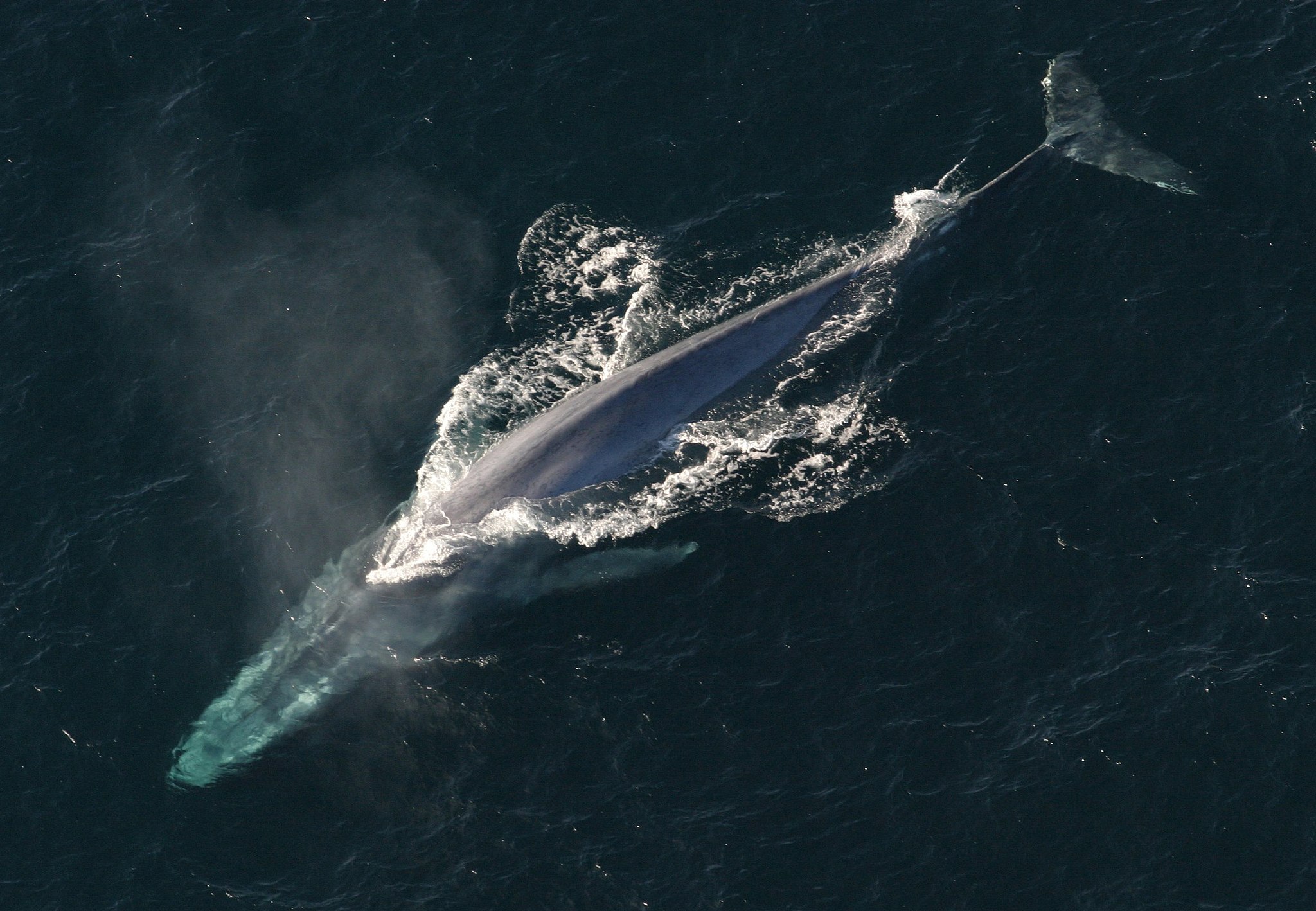
- This event has passed.
Fear and food drive blue whale migration, singing, mating, and calving behavior
January 19 @ 11:00 am - 12:00 pm

Speaker: Dr. Trevor Branch
Professor, University of Washington
Blue whales are truly enormous yet remain enigmatic and poorly understood, with most populations only studied for a few summer months every year, and mating and calving never observed. As a result, classical theories for their migration and behavior have relied heavily on analogies with better-studied species like humpback whales: proposing that they feed in productive high-latitude areas in summer, and fast while migrating to and from low-latitude breeding and calving areas. However, blue whales react quite differently to marauding killer whales: unlike humpback, gray and right whales which “fight” back; blue, fin, and sei whales are “flight” species that flee from killer whales as fast as possible. Under this fight vs. flight paradigm, it makes no sense for blue whales to migrate along well-defined paths to mate and calve in dense coastal aggregations. Blue whale diet preference is also fanatically narrow instead of being broad like other baleen whale species: each blue whale population targets only one to three species of krill throughout their range, and far from fasting in winter, they feed wherever and whenever it is convenient—just like hobbits. In preparation for writing a book on blue whales, I have delved deeply into past and present science about blue whales, including old whaling data, and new non-lethal science using drones, hydrophones, tags, and genetics. This deep dive has resulted in a series of hypotheses to explain long-standing mysteries about blue whales, including why they are found in some areas and not others; where they go in winter; why they sing so loudly; when they sing most; when they calve; and why so few calves are ever observed. Remarkably, these broader hypotheses for their behavior can all be derived from the underlying axioms of fear and food.